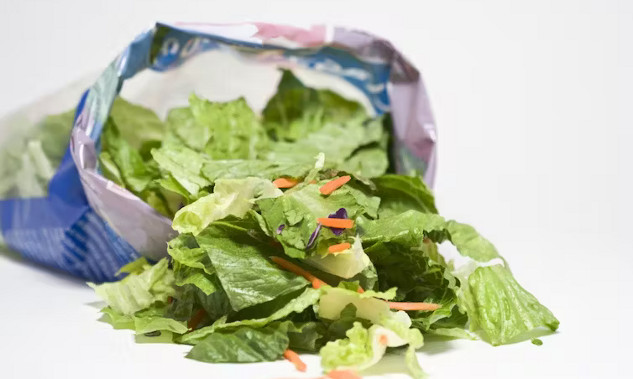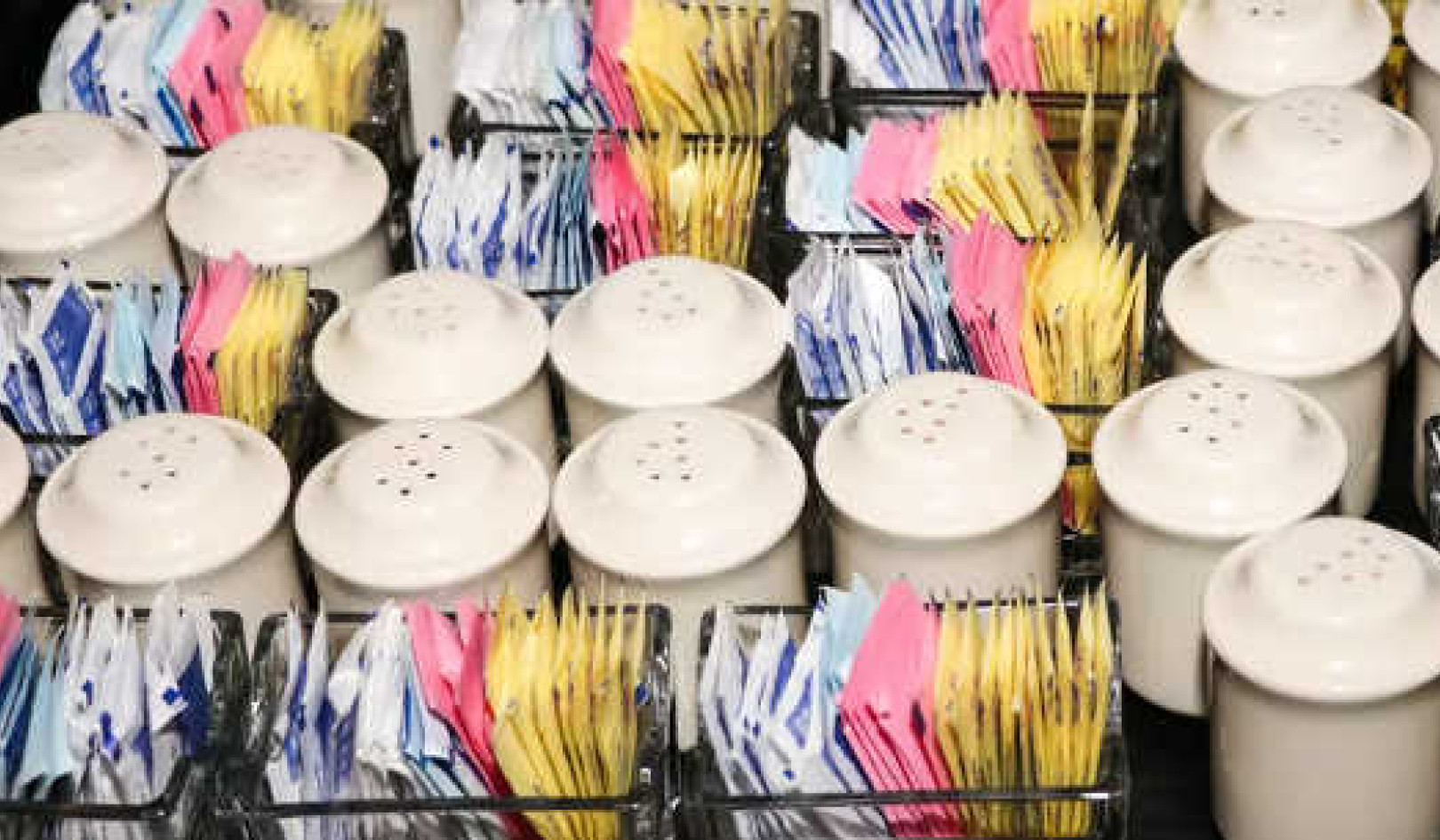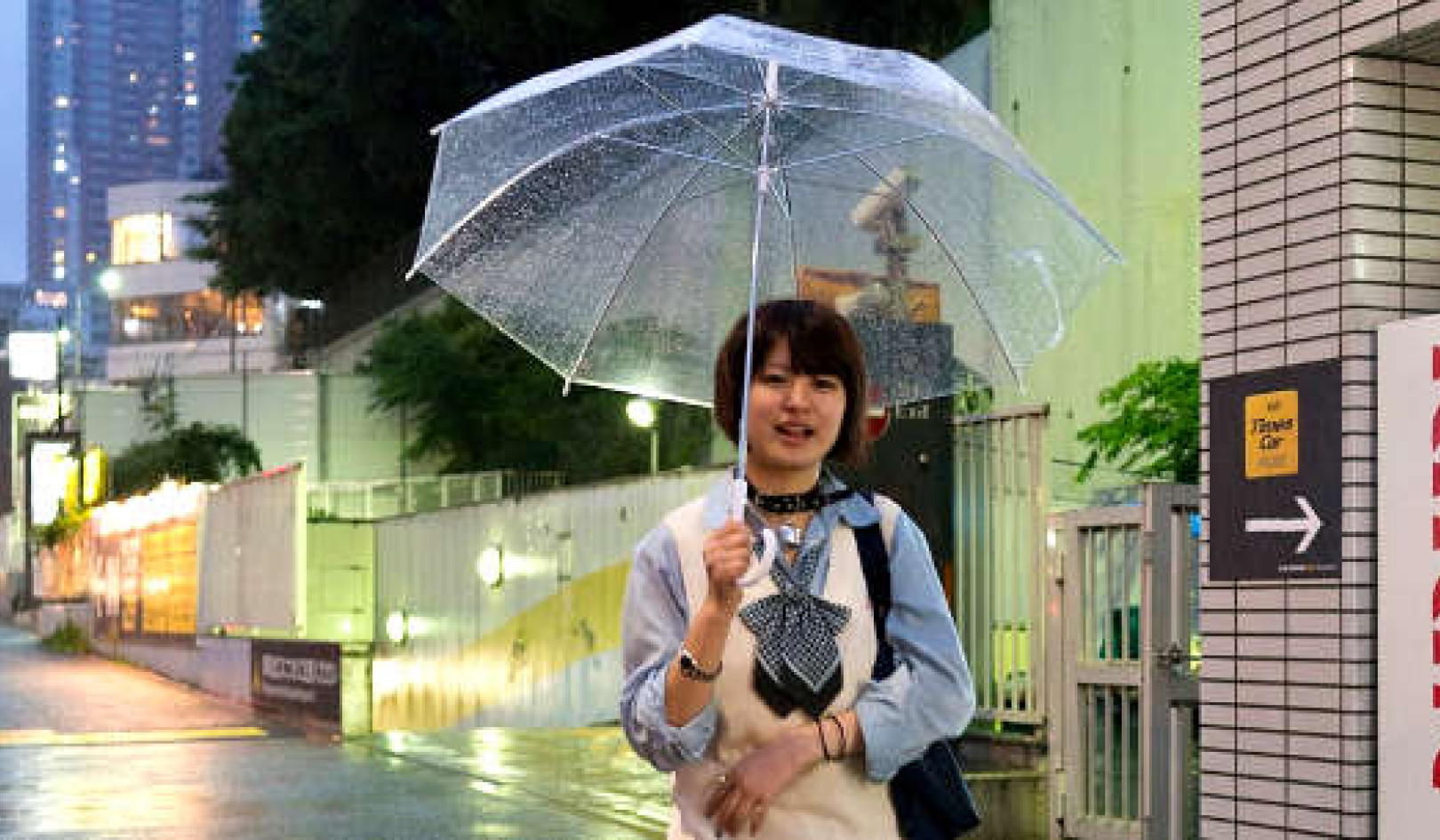
Every year, around 2.4 million people in the UK get food poisoning – mostly from viral or bacterial contamination. Most people recover within a few days without treatment, but not all are that lucky.
As a microbiologist, I’m probably more acutely aware of the risk of food-borne infections than most. Here are some of the things I look out for.
Eating outdoors
I rarely eat alfresco – whether picnics or barbecues – as the risk of food poisoning goes up when food is taken outdoors.
Keeping your hands clean when handling food is key to not getting sick, but how often do you find hot running water and soap in a park or on a beach? You can use alcohol hand gels (they’re better than nothing), but they don’t kill all germs.
Also, food tends to attract an array of flying and crawling critters, such as flies, wasps and ants, all of which can transfer germs, including E coli, Salmonella and Listeria, to your food.
Keeping perishable food cold and covered is essential as germs can double in numbers if food is allowed to warm up to 30? for more than a few hours. For barbecues, meat needs to be thoroughly cooked, and a meat thermometer is a good investment to avoid food poisoning. Do not eat meat if its internal temperature is less than 70?.
Buffets
Knowing what food-related conditions bacteria prefer to grow in, I am very mindful of the microbiological safety of hot and cold buffet displays.
Indoors, food can be exposed to contamination from insects, dust and above all, people. Food poisoning is, therefore, an inevitable risk when dining at a buffet.
Contamination comes from buffet visitors touching food, and germs can be sprayed on to buffets from people sneezing or coughing close to the food. Even indoors, one must consider contamination by insects, such as flies or wasps, settling on the uncovered food. Also, germs may be deposited from the air, which is rich in bacteria, fungi and viruses.
I always look at the clock when I’m at a buffet as there is a two-hour catering rule: perishable food will become unsafe to eat within two hours if not kept covered and refrigerated. The problem is buffets tend to be laid out before you arrive, so it is difficult to tell if the platters of cooked meat, seafood, salads, desserts and appetisingly arranged fruit and vegetables will have been sitting for more than two hours when you come to eat them.
For hot buffets, such as those served at breakfast in hotels, I always avoid lukewarm food, as bacteria that cause food poisoning can grow quickly when food is kept at less than 60?. Hot food should be served hot, that is at a temperature of at least 60?. If there is any uncertainty about the safety of the food on offer, I reluctantly breakfast on freshly toasted bread and individually packaged marmalade.
Oysters
There are some foods I never eat, and raw shellfish, such as oysters, is one of them. This is because oysters are filter feeders and can concentrate germs, such as Vibrio and norovirus, in their tissue.
A Vibrio-contaminated oyster does not look, smell, or taste different, but can still make you very ill. The US Centers for Disease Control and Prevention estimates that about 80,000 people get Vibrio infections from raw oysters, and in the US alone 100 people die from vibriosis each year.
It is also possible to pick up food poisoning from eating any raw shellfish (clams, mussels, whelks, cockles). I only eat shellfish that are well-cooked because heat effectively kills harmful germs.
Bagged salads
I never eat bagged salads, largely because one of my research areas is fresh salad safety. It has been found that bagged lettuce can contain food poisoning germs such as E coli, Salmonella and Listeria.
My research group has found that these pathogens grow more than a thousand times better when given juices from salad leaves, even if the salad bag is refrigerated. Worryingly, the same germs use the salad juices to become more virulent, and so better at causing an infection.
For those salad lovers alarmed by this information, most bagged salads are safe if stored refrigerated, washed well before use (even ready-to-eat salad should be washed) and eaten as soon as possible after buying it.
If there are salad ‘juices’, throw it out. Noel V. Baebler/Shutterstock
Cooking practices
In terms of cooking practices, I have a list of dos and don’ts.
For perishable foods, I regularly check use-by dates, but if it is before the expiry date and the food package looks swollen, or when opened the food looks or smells different than expected, I throw it in the bin as it could be contaminated.
I never use the same chopping boards for raw and cooked foods, and washing my hands before and after handling food is instinctual.
One of my “never do” practices is reheating cooked rice. This is because uncooked rice can contain spores of Bacillus cereus, a food-poisoning germ.
Although the Bacillus cells are killed by cooking, the spores survive. If the rice is left to cool and sit at room temperature, the spores grow into bacteria, which will increase in numbers quickly as rice is a good Bacillus culture medium when at room temperature.
The rice-cultured Bacillus can produce toxins that, within a few hours of ingestion, can cause vomiting and diarrhoea lasting up to 24 hours.
Dining out
I find that having a high level of food safety awareness causes me to be first in line for buffets, to be cautious about eating from breakfast bars, and to watch the clock for how often perishable food is replaced. I never collect “doggy bags” of food leftovers (they have usually exceeded the two-hour time limit), even if they really are intended for a pet.
The benefits of being a microbiologist are that we know how to avoid food poisoning and, in return, people have confidence our cooking is very safe to eat.![]()
Primrose Freestone, Senior Lecturer in Clinical Microbiology, University of Leicester
This article is republished from The Conversation under a Creative Commons license. Read the original article.

Related Books:
Salt, Fat, Acid, Heat: Mastering the Elements of Good Cooking
by Samin Nosrat and Wendy MacNaughton
This book offers a comprehensive guide to cooking, focusing on the four elements of salt, fat, acid, and heat and offering insights and techniques for creating delicious and well-balanced meals.
Click for more info or to order
The Skinnytaste Cookbook: Light on Calories, Big on Flavor
by Gina Homolka
This cookbook offers a collection of healthy and delicious recipes, focusing on fresh ingredients and bold flavors.
Click for more info or to order
Food Fix: How to Save Our Health, Our Economy, Our Communities, and Our Planet--One Bite at a Time
by Dr. Mark Hyman
This book explores the links between food, health, and the environment, offering insights and strategies for creating a healthier and more sustainable food system.
Click for more info or to order
The Barefoot Contessa Cookbook: Secrets from the East Hampton Specialty Food Store for Simple Entertaining
by Ina Garten
This cookbook offers a collection of classic and elegant recipes from the beloved Barefoot Contessa, focusing on fresh ingredients and simple preparation.
Click for more info or to order
How to Cook Everything: The Basics
by Mark Bittman
This cookbook offers a comprehensive guide to cooking basics, covering everything from knife skills to basic techniques and offering a collection of simple and delicious recipes.























